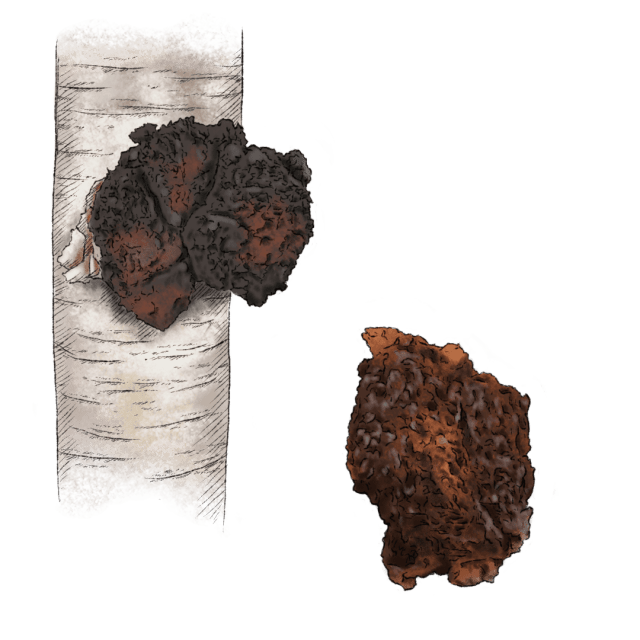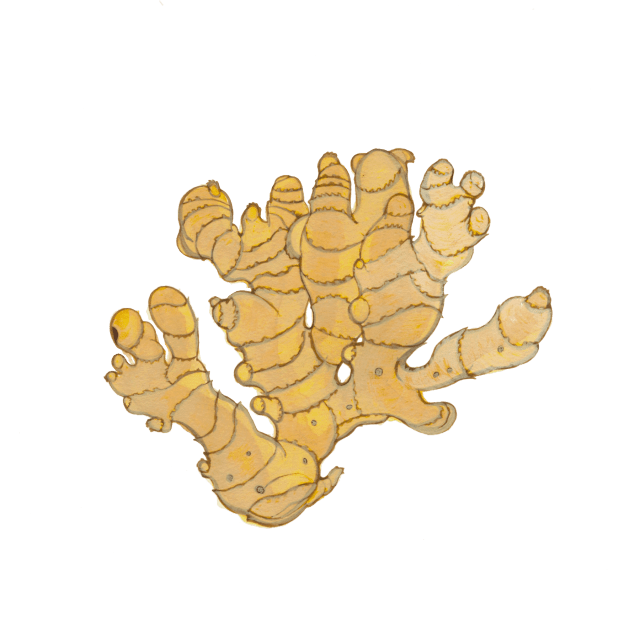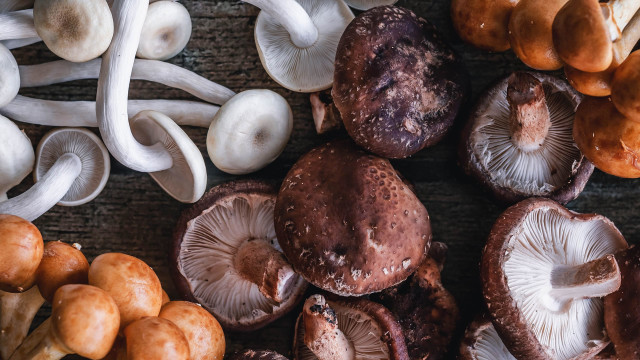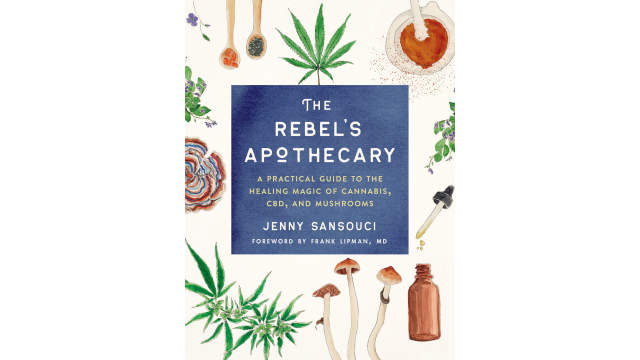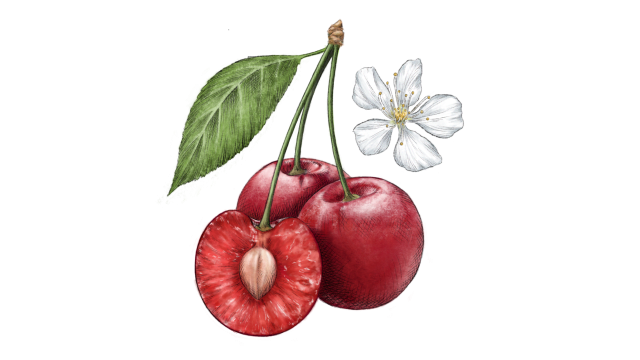Reishi

Ingredient: Reishi
Latin name: Ganoderma lucidum, G. sichuanense, G. lingzhi
Other names: lingzhi
Uses: traditional Chinese medicine
What is reishi?
Reishi is a reddish-brown, kidney-shaped polypore (bracket) fungus that grows like a little shelf on tree trunks, toward the base of trees. It’s a parasitic fungus that attacks the living tissue of its tree host and then continues to rot the wood as it consumes the tree from within.
Why is reishi healthy?
Though reishi has been used for two millennia as a folk medicine, scientific evidence is still inconclusive as to its benefits. Most studies citing its health benefits have been either in vitro, in animal studies, or small human trials so more research is needed.
However, reishi does produce an array of mycochemicals (especially ganoderic acids A and B) that show some promise in supporting detoxification, which mainly occurs in the liver.
Like all mushrooms, reishi is rich in B vitamins that may help improve longevity, increase energy, and promote brain health.
What does reishi taste like?
Reishi has an earthy, woody, and very bitter taste and a tough, rubbery texture.
How do I use reishi?
As a medicinal mushroom, reishi is often sold as a tea, but traditional Chinese preparations include simmering in restorative soups and stews with other traditional Chinese medicine ingredients. In Japan it’s sold as tea and can be added to mixed mushroom rice bowls (takigomi gohan).
What does reishi pair well with?
Reishi is very bitter, so some people prefer to drink it with ginger and honey, and in traditional Chinese uses it’s sometimes simmered to tenderness in flavorful (read: bitterness-hiding) broth with sweet ingredients like jujube and goji berry. You might find it best to embrace the bitterness and pair it with dark chocolate.
Where does reishi grow?
Reishi grows throughout East Asia, growing as a parasite on maple trees, but wild reishi is relatively rare. It’s cultivated commercially on hardwood logs, sawdust, and wood chips and you can typically find cultivation kits to grow your own, just like shiitakes and oyster mushrooms.
How to buy reishi:
Look for reishi in natural foods stores with other packaged mushroom tea, or in Asian markets. It can be sold dried in thin slices, in tea bags, or in powdered form either alone or combined with other nutritional supplements.
Fun reishi fact:
Reishi has long been associated with immortality, dating back to Ge Hong’s 3rd-century Taoist literary work Baopuzi. The name “lingzhi” translates to a combination of words meaning essence of immortality or spiritual potency.
